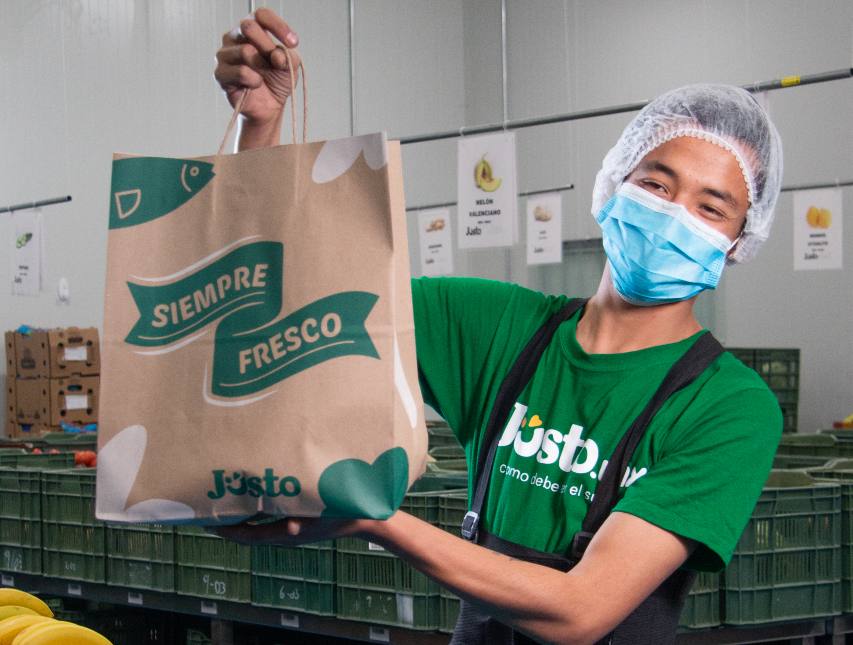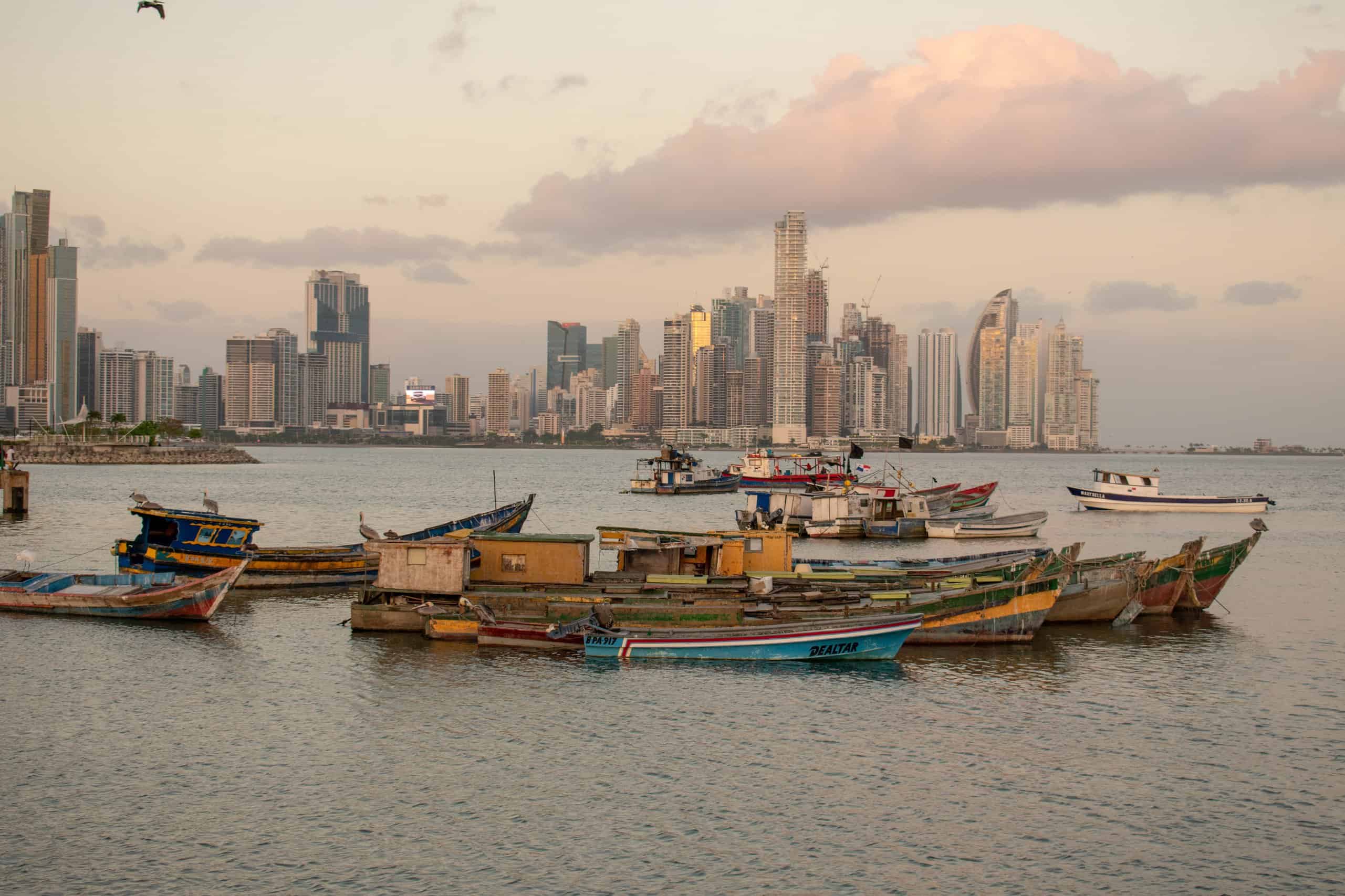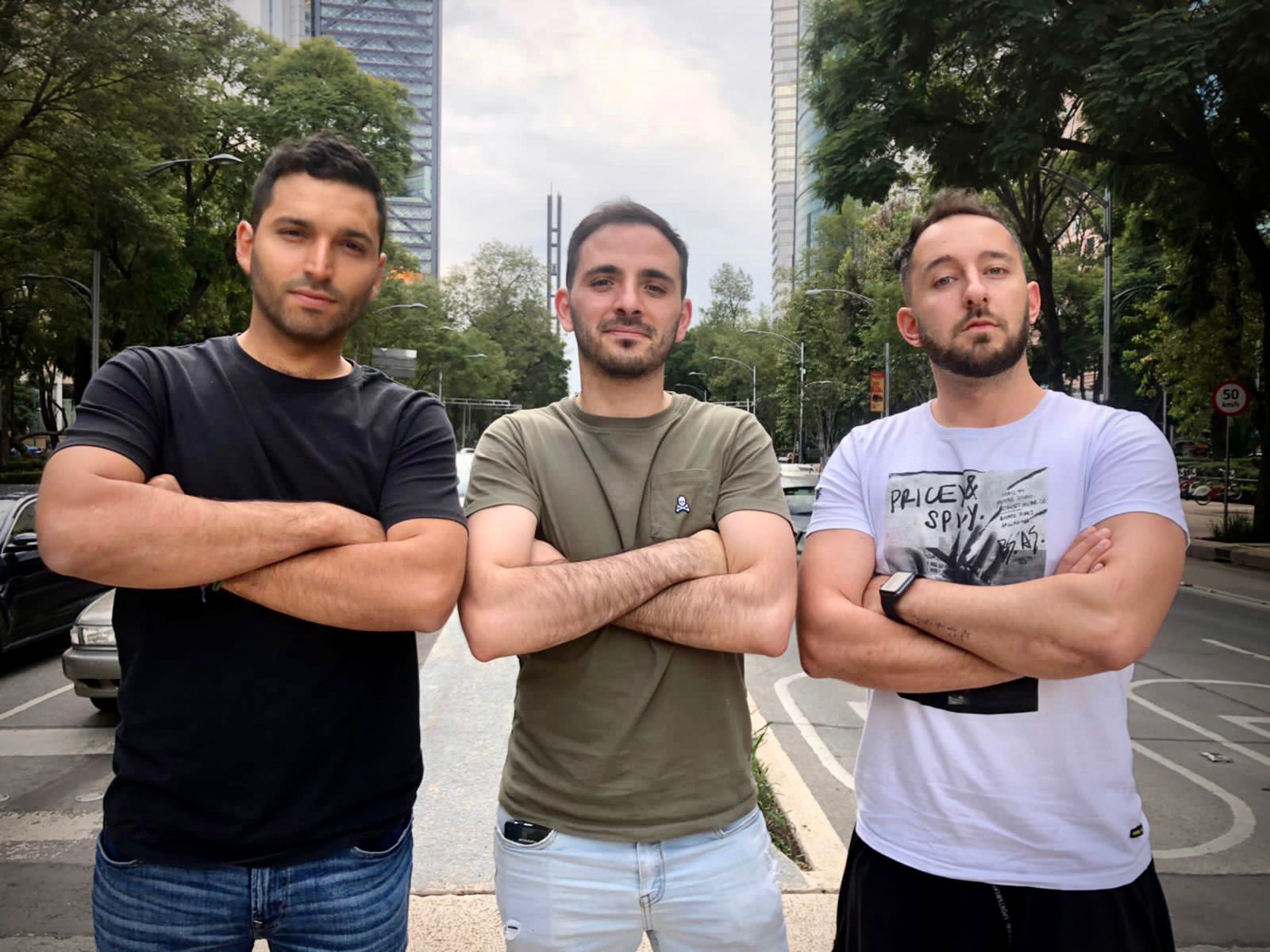After raising US$65 million last February, according to Crunchbase, Jüsto announced that they would begin to expand throughout Mexico into several states including Jalisco, Puebla, Quintana Roo, Baja California, and Nuevo Leon.
What we didn’t know is that they also had their sights set on going beyond the country: reaching Brazil and acquiring Freshmart in Peru. However, this border crossing happened quickly during the second half of 2021.
Their growth has been rapid, growing 20% month after month in Mexico, which is why in that same period they also arrived in Monterrey with an investment of $300 million Mexican Pesos for the next five years.
In fact, it was this latest opening that led us to talk to Alejandro Sisniega, Chief of New Business and Co-Founder of Jüsto. He told us about their growth in Mexico and Latin America, as well as what’s next for the online supermarket:
Contxto: What market opportunity does Jüsto see in Mexico and Latin America?
Alejandro Sisneaga: The opportunity we see is huge. We have to consider that the self-service industry had not evolved in more than 40 or 50 years. We had seen companies acquiring other companies or generating new business models through traditional retail.
Right now there is an opportunity to transform the industry through e-commerce that is meant to be digitally native. This means not converting a traditional store into an online one, but rather completely changing the business model to be 100% digital, which is what we do at Jüsto.
C.: You recently announced your arrival in Monterrey, why did you choose this city as your next bet?
A.S.: Not just because it is the second-largest city in the country, but also because it is a very different market to the Mexico City consumers. Its behavior is different; the variables that define product preferences are different.
For us, it was very important to know how it worked and to put our algorithms to work there. In fact, we did not open in Monterrey before because of the complexity of the market. We started our expansion with cities closer to Mexico City because they have a similar user behavior. We left Monterrey by the end of this year, with enough experience to deploy new operations and for our product to be ready in terms of product-market fit.
C: You said that your arrival in Monterrey would be with an investment of $300 million Mexican pesos, what will you focus this capital on?
A.S.: Part of the capital is for infrastructure and to be able to operate through the dark stores model. But most of the investment will be focused on the development of new technologies, data processing, and the creation of platforms that can help improve all aspects of the user experience and that of our suppliers.
C: How many suppliers do you have in Monterrey?
A.S.: We have over 200 suppliers already working directly with us in Monterrey. In fact, Monterrey is one of the cities where we have the largest number of regional suppliers and local brands. This is in order to have a much more personalized catalog.
C.: What do you think is the reason for your growth?
A.S.: There is an important innovation component. People have been buying the same products in supermarkets for years and could not find differentiating varieties of products among catalogs.
By being more flexible and supporting local producers such as small and medium-sized companies, we are giving people the opportunity to get to know products that were not or are not on the supermarket shelves. This makes the value of the catalog we offer greater.
C.: Every time Jüsto arrives in a state or country, what benefits does it bring?
A.S.: With all the intrinsic benefits that our value proposition has: a curated and specialized catalog thanks to our algorithms that show products in a personalized way to users; we have high fulfillment metrics, above the market average. The percentage of orders we have is above 99.9%.
C.: What about job creation?
A.S.: In a city like Monterrey, we estimate that we will generate around 3,000 jobs, both directly and indirectly. We work closely with small suppliers so that they can develop and, in the future, even export their products to other countries where we have a presence.
C.: On the other hand, we saw that the investment of $65 million dollars would be used to continue expanding and to develop new technologies. Now we see that this is being fulfilled with your arrival in Monterrey, Brazil and the purchase of Freshmart, but what’s next, what other countries and Mexican states will you reach in the near future?
A.S.: We are analyzing this; we have not defined it yet. What is certain is that we will expand both nationally and internationally in 2022. Today I can tell you that there are a couple of Latin America countries that interest us, as well as three or four cities in the country.
C.: Why was Brazil your first venture outside of Mexico?
A.S.: For us, it was a natural step since the executive team had a great deal of experience in Brazil: Ricardo Weder led the opening in Brazil and another one of the co-founders, Ricardo Martinez, is Brazilian.
Also, the two main markets in Latin America are Mexico and Brazil, and if we want to become the favorite supermarket in the region, which is our goal, we had to have experience. In fact, we are having triple-digit growth in the country, which we expected.
C.: What about Peru after acquiring Freshmart?
A.S.: For the moment, the Freshmart operation remains independent. We are two separate companies, although we are in a merchandising process that will take a few months. Freshmart continues to grow rapidly, above double digits.
However, we are very focused on technology adoption. We are getting a lot from them because they have fairly well-developed technology. And we are also seeing what technology can help the company in Peru.
C.: How do you see the industry, of which Jüsto is a part, in the next 5 years?
A.S.: It is going to have to evolve rapidly, not only in commercial terms but also in operational terms. Many of the self-service stores that exist today are evaluating how to operate e-commerce to become more efficient.
We also have product and service trends that are arriving in the country and we have to see how Mexican people receive them in the medium and long term. For example, delivery companies are third parties that pick and pack in self-service stores, so we have to see how traditional self-service stores interact with them.






